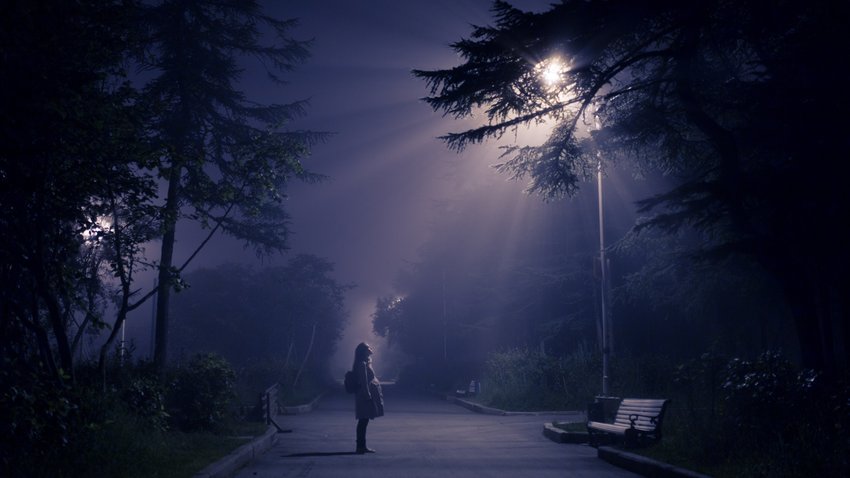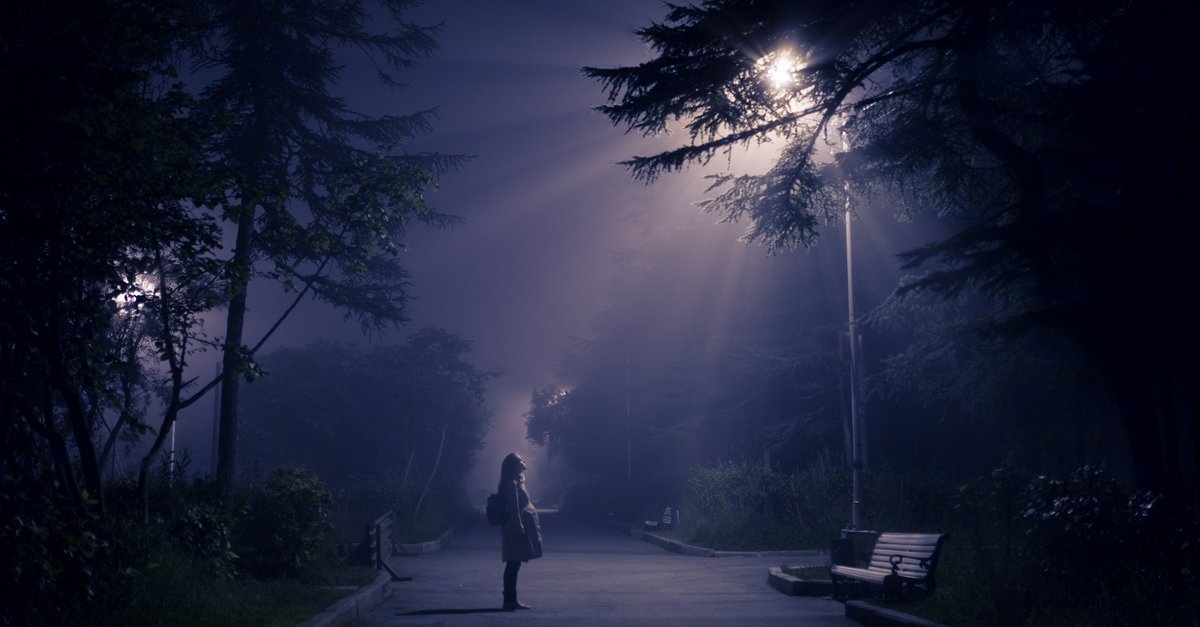Bright light also has a dark side

Street lighting has been switched to LEDs in many places. However, the lower power consumption also has a negative side that is hardly noticed. Scientists worry about the impact on people and animals.
LED lighting: risks for humans and animals
Researchers from the University of Exeter in Penryn have presented a study on LED street lighting. The most important result: LEDs used across the board for street lighting have noticeably changed the color spectrum in cities. The proportion of emissions in the blue part of the spectrum has increased, which is danger for both humans and animals could salvage. Blue light inhibits the release of the sleep-promoting hormone melatonin.
In Italy, Romania, Ireland and Great Britain in particular, the researchers measured a significantly higher proportion of blue light. This is compared to the times when sodium vapor lamps with orange-yellow light were used increased by up to 24.4 percent. In Germany and Austria, on the other hand, there have only been minor changes in the proportion of blue light (source: Science).
The researchers hope that negative consequences for the environment through white LEDs in street lighting will be considered more closely in the future. As a first step, it would help to collect more data and regularly measure the color spectrum of LED lighting at night.
The researchers did not ignore the advantages of LED lighting in their analysis. There is no doubt that LEDs have a clearly higher energy efficiency own and can reduce energy costs through their use.
The right light can be beneficial to health:
White LEDs: Biorhythm is disturbed
Early studies have shown that blue light behavior of bats messes up. Both the movement in the air and the feeding behavior have changed. Insects also react differently to LED light. A lower release of melatonin can also change the biorhythm in humans.



